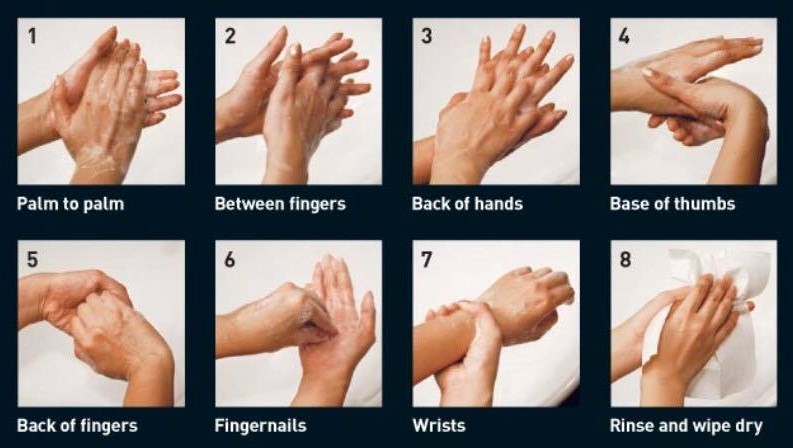One of the very first lessons we had when I started studying acupuncture, was how to wash our hands. It may seem basic but any medical or healthcare professional will tell you that it’s a cornerstone to proper infection prevention and control. An effective hand washing routine covers every aspect of the hands and wrists.

We’ve all been washing our hands for years and because it’s such a daily activity we tend to do it on automatic pilot. A quick hand wash however can still leave portions of hand improperly washed and therefore potentially able to spread infection.
Now more than ever, we need to be mindful of our hand washing technique and make sure that we take enough time to do it effectively. This short video walks you through this.
As part of our hand washing training, we were also instructed to keep our nails short and polish free. There were additional reasons for this, but the primary one was again infection prevention and control. Longer nails and gel or polish (especially if it becomes chipped) can harbour bacteria.
In clinic I use paper towels to dry my hands and these can be used to clean off taps before the towel is disposed of. At home, I use our usual cotton towels to dry my hands but with increased hand washing, I’m also putting those cotton towels through the wash more often too.
Avoid excessive handwashing
Although it’s important to wash your hands frequently it is actually counterproductive to wash them excessively. When you do this, you can remove the essential oils and good bacteria that protect your skin. Over further time the skin can become cracked, actually giving the wrong bacteria an even easier way in.
We should all be mindful of our hand washing habits at the moment but if you are worried that your hand washing (or that of a loved one) is becoming compulsive, you can check for the symptoms and sources of help with this, on this NHS site.
Stay safe, stay well, stay home.

One Reply to “Infection prevention and control”
Comments are closed.